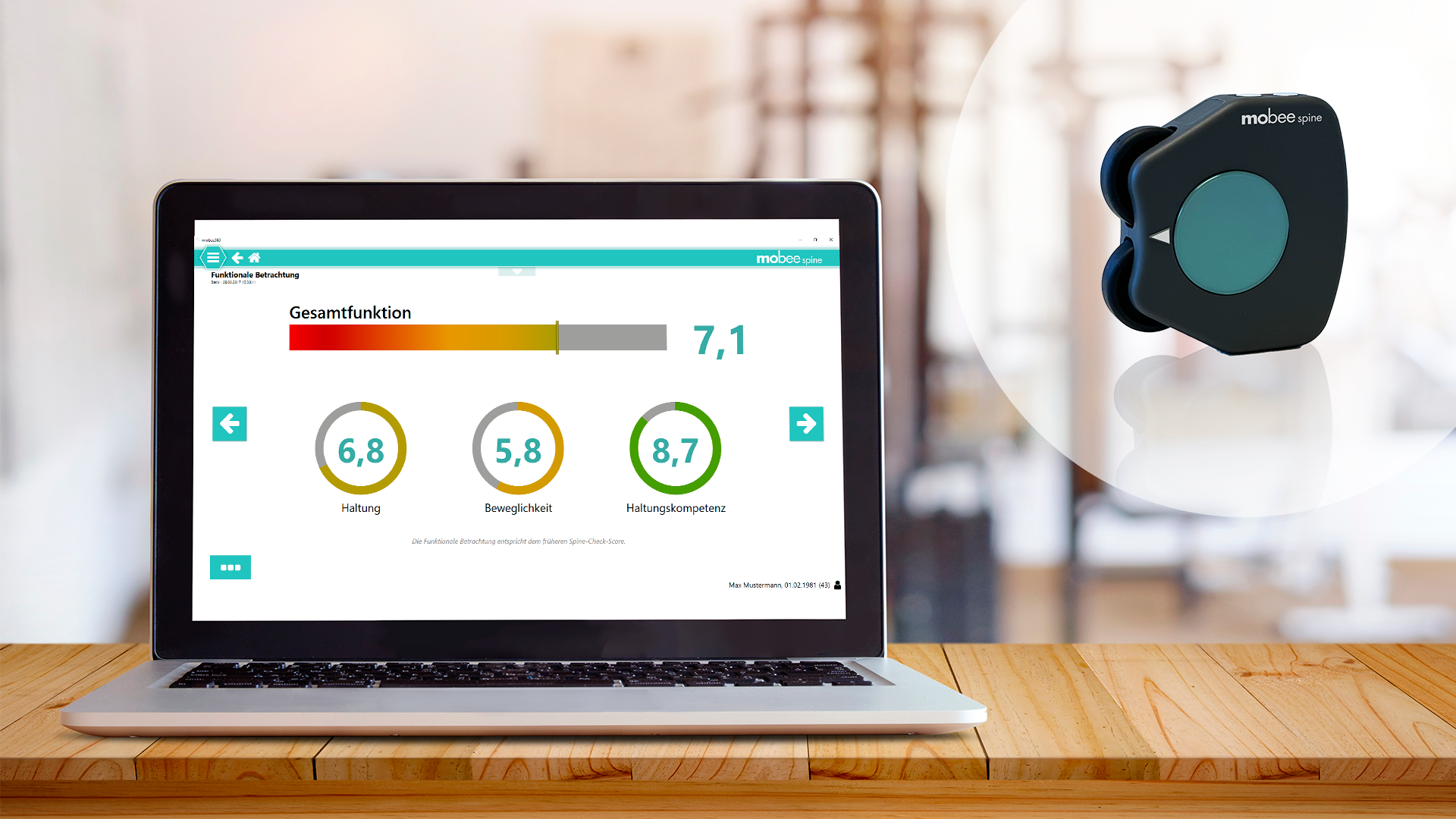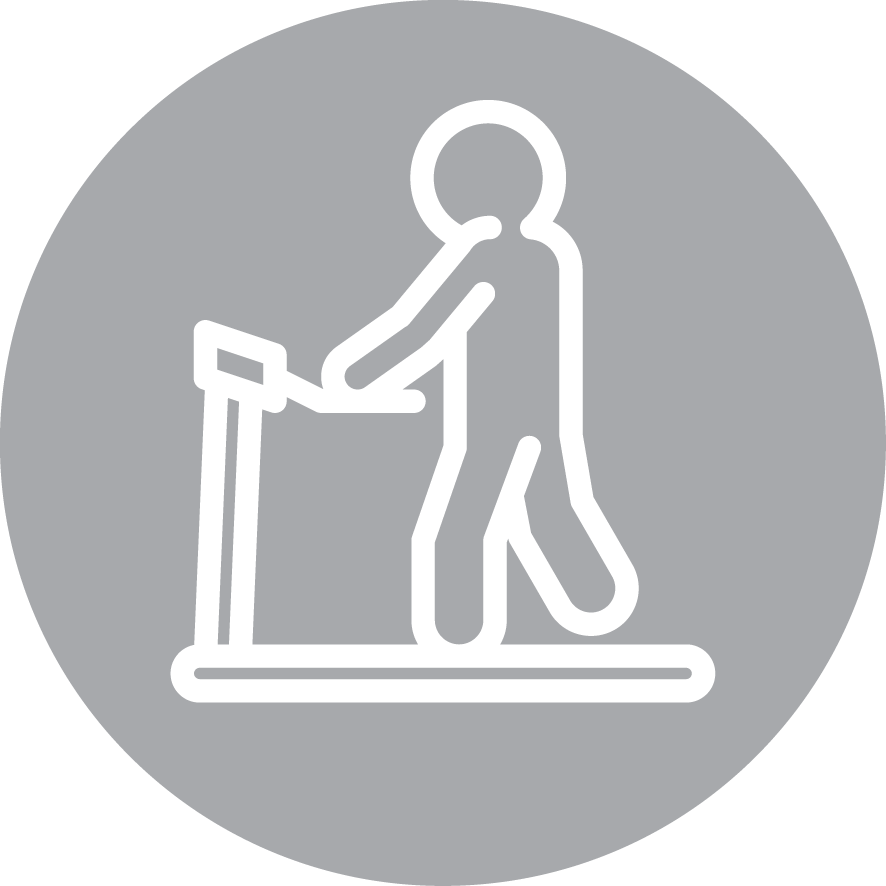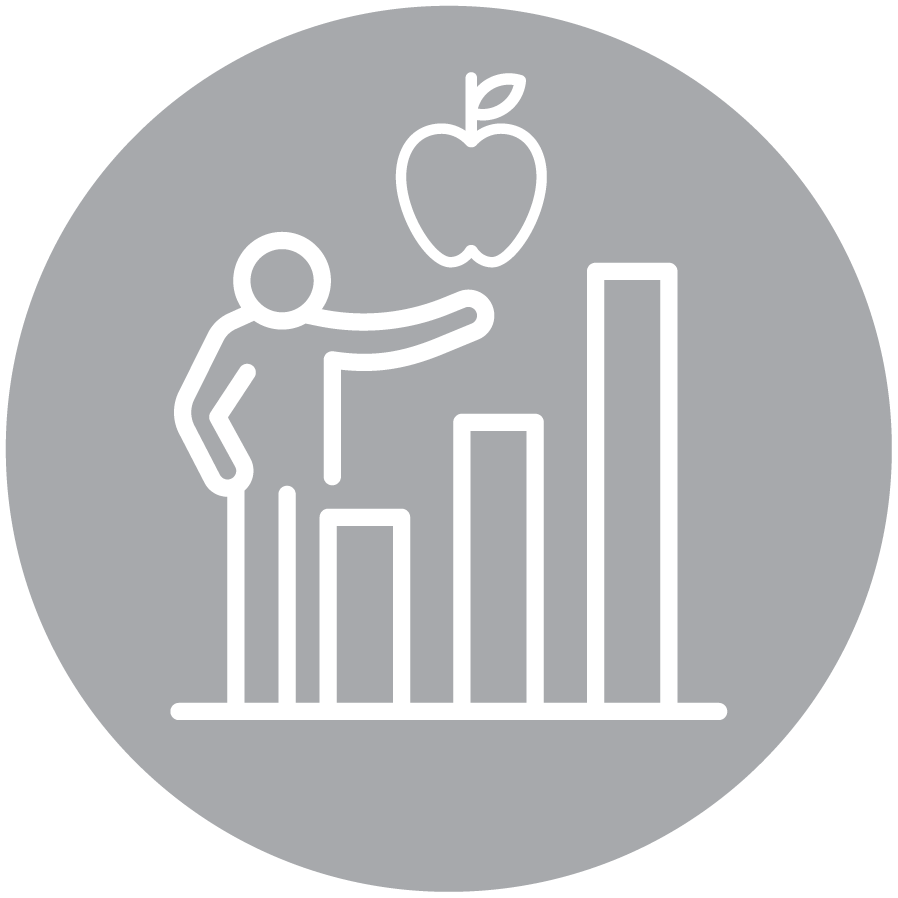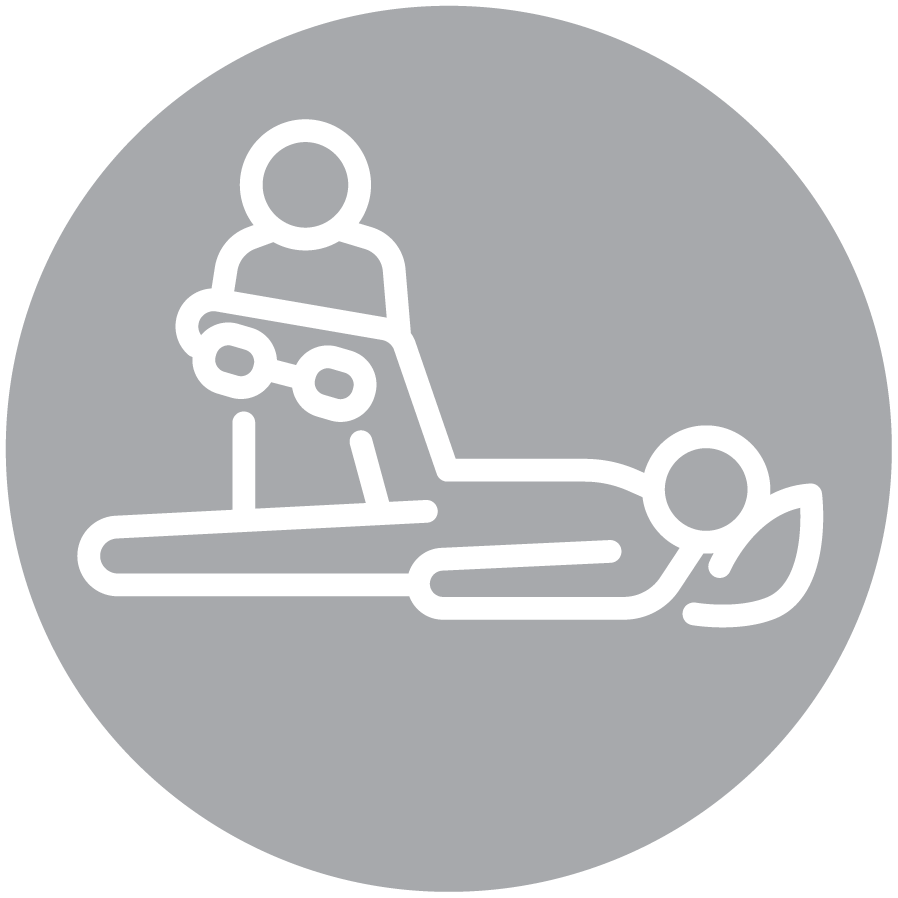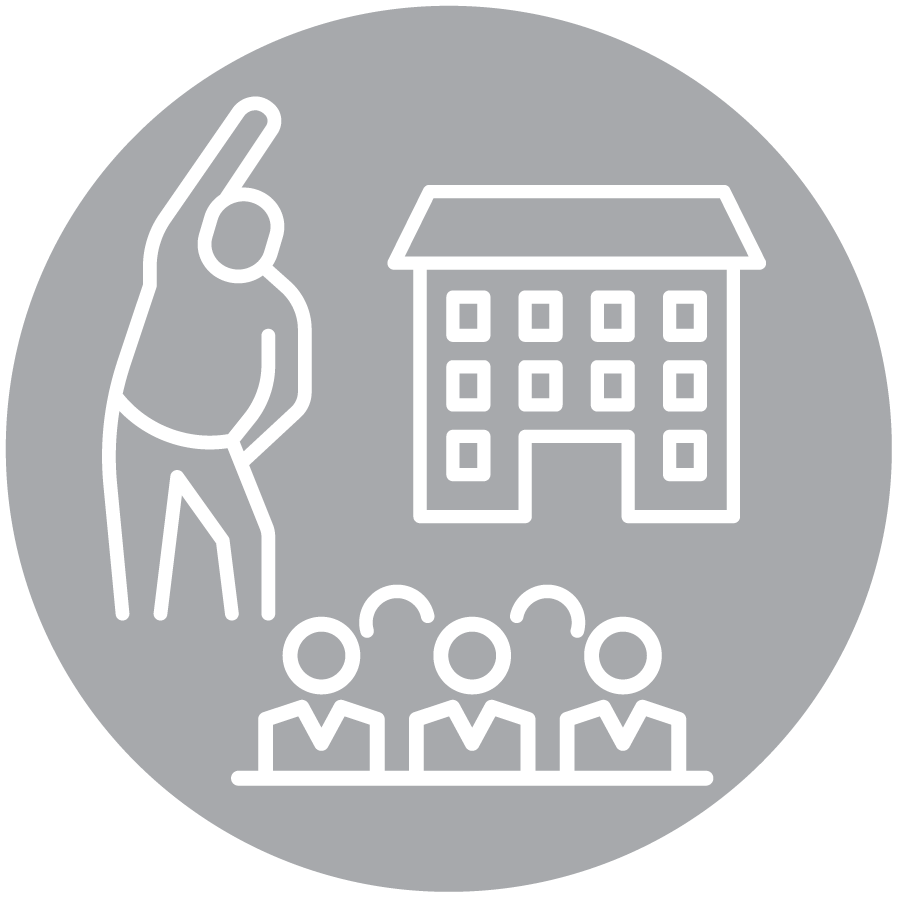Why analyse the spine with mobee® spine?
Every spine is as individual as a fingerprint. There is therefore no such thing as a perfect spine per se. But there are favourable or less favourable forms of the spine, which lead to a more or less stressful situation for the spine and its surrounding structures. In the long term, prolonged overloading can cause back problems.
The spinal column analysis with mobee® spine uses the surface contour of the back to determine the shape of the spine and can thus recognise which load conditions are present. By analysing the spine in just 5 minutes, mobee® spine provides information on the form, function and mobility of the spine. Among other things, the length of the back and the position of the vertebral segments are recorded by sensors and completely radiation-free.
On the basis of the load conditions identified, more targeted training can be recommended, the regular implementation of which should prevent persistent overloading. mobee® spine provides valuable support here in terms of documentation, progress monitoring and motivation. Necessary measures can be explained in an easily understandable way based on the analysis results.
The mobee spine® software module is integrated into the mobee® 360 platform for digital diagnostics. It can therefore be flexibly combined with modules from other topic areas. Results and recommendations from the spinal column analysis can be used both in the software itself and in the my mobee® App .
Features of spine analysis with mobee® spine
- Different analysis planes
- Examination of sections and regions of the spine
- Pre-configured and self-created analysis protocols
- 3D animations
- Visualisation of changes over time (progression)
- Customisable results reports
- Selection of recommended back exercises
Analysis and viewing options for spinal column analysis with mobee® spine
- Tilt of hips and upper body
- Evenness of the distribution of the spinal curves
- Harmonious co-operation of vertebrae in the spinal curve
- Range of motion
- Evenness of movement in different positions
- Reaction to load (postural competence)
- Lateral tilt tendencies

